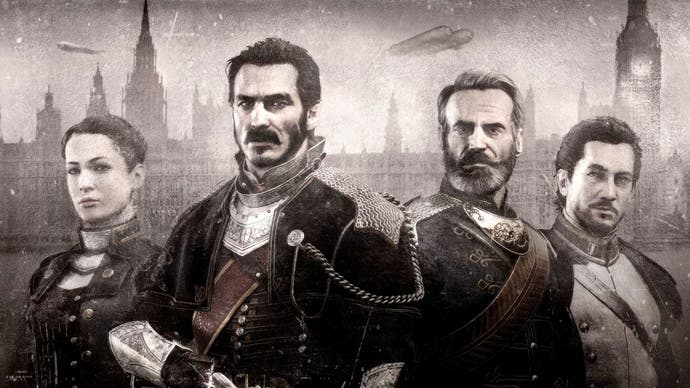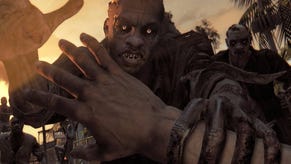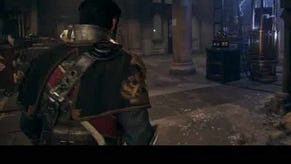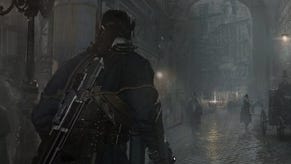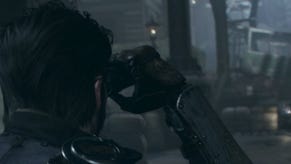The Order: 1886 pushed visuals hard in 2015 - and still looks stunning today
Plus: an exclusive look at the game running at 60fps on PS5.
In February 2015, The Order: 1886 came and went. This third-person narrative-driven action game arrived on PS4 with plenty of hype, but it delivered what felt like a prologue for a larger concept and achieved a lowly Metacritic score of just 63. Some loved it of course, but the game never received a sequel or even a PS4 Pro upgrade.
It's a game with limitations, of course, but it pushed visual frontiers in many ways, possessed brilliant image quality that still looks exceptional today and paints developers Ready at Dawn as pioneers of modern physically-based rendering techniques alongside Crytek, Guerrilla and Don't Nod. Still held in great regard today, we wanted to take another look at the game - and we can add a modern twist. Recent exploits to PlayStation 5 firmware allow highly unofficial PS4 frame-rate unlock patches to work on the latest console, meaning we've got footage of The Order running locked at 60fps.
Formed in 2003, Ready at Dawn's first games were on well-regarded PSP titles, including Daxter and two God of War games. The Order: 1886 was their first new game using their own IP, and was under development when it was revealed alongside the PlayStation 4 in the console's first media briefing in 2013. Two years later, the game was released to stiff cricitism, focusing mostly on its short length, limited interactivity and lack of replayability. Yet despite these failings, Ready at Dawn had still managed the huge transition from PSP to PS4, building their own entirely new engine and tools, and delivering one of the best early technical showcases of the console.
At its core, The Order's visual signature a soft, filmic presentation that minimises aliasing and employs a large suite of cinematic visual effects. The game is presented at 1920x800 (rather than the standard 1920x1080), with letterboxing used to prevent upscale blur on a 1080p display - and this scales nicely to a modern 4K display too. Anti-aliasing is a big focus, with the use of 4X EQAA. This is essentially enhanced quality anti-aliasing; an extension of MSAA for AMD GPUs which increases the number of coverage samples without altering colour and depth samples. This is combined with a custom resolve shader and TAA pass that addresses in-surface or shader aliasing.
Beyond these specs, the game's visual quality is defined by its reliance on plausible, physically-based materials, expert use of light and shadow, and a filmic post-processing pipeline. After all, physically-based rendering now forms the basis of modern real-time graphics and describes the modelling of light behaviour across a surface, including reflection, diffusion and metallic properties.
Ready at Dawn first presented its next-gen materials pipeline at SIGGRAPH 2013, before the game or the PS4 itself had launched. Only a few major games shipped with physically-based rendering in 2013 - Don't Nod's Remember Me, Crytek's Ryse: Son of Rome and Guerrilla's Killzone: Shadow Fall - so while The Order was not the first, the studio was alreadry sharing its approach - and that continued openness through and beyond launch no doubt served as a strong foundation from which other developers could build.
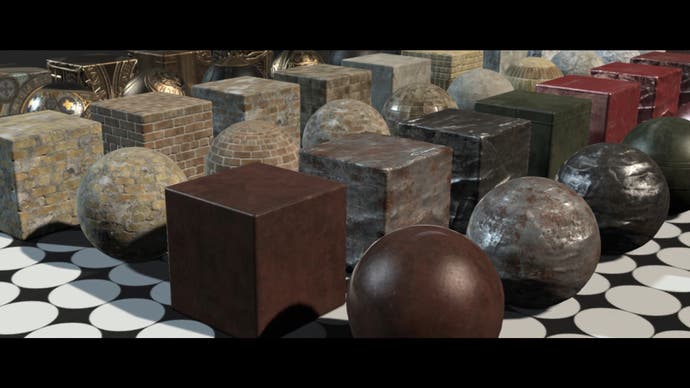
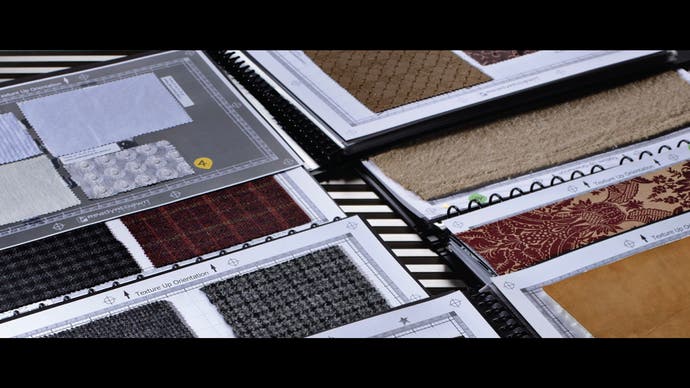
One impressive part of this pipeline was material scanning, where real-world data was used to author a library of in-game materials with realistic properties, which could then be modified using composite layers. This allowed artists both freedom and agility in crafting the game world, so for example, a realistic copper material could serve as the base texture for a water spigot, then artists could add composite layers to bring extra detail like rust and grime to the surface. Stop and look closely at any object within the world and you'll find the art team's craftsmanship throughout.
Given the setting of the game and its lack of high-intensity electric lighting, material quality plays a huge role in grounding the experience. When you obtain new items during the game, you're given a chance to manipulate them in 3D and these moments really allow you to appreciate the intricate detail and realism on display.
At the time of its release, there were precious few other games that could compete with this aspect of its rendering. The material system specifically enabled this game to appear 'next-gen' to the eye - it felt like a gigantic leap over what we had during the PS3 era, despite the relatively modest and linear world design.

The game's lighting is also key, tying everything together to create a believable scene. The Order: 1886 relies on pre-calculated lighting to produce its global illumination, with jaw-dropping results - realistic bounce lighting and ambient glow are augmented with natural shadows and specular highlights that work in tandem to enhance the depth of each scene. To the eye, it just looks right, but this isn't trivial to pull off.
One key technique used to achieve this was outlined in a SIGGRAPH 2015 talk: capturing both diffuse and specular illumination in the baked lighting using spherical gaussians. Gaussian functions defined on the surface of a sphere turned out to be a better fit for The Order in testing performed by Ready at Dawn compared to other options like cubemaps and spherical harmonics, so that's what they used.
This is how the game handles diffuse specularity - that is, the reflections visible across rough materials like wood, stone and the like, rather than shiny materials like metal or mirrors. When light pours into a scene, you'll see that light reflected across its surface, basically, creating specular highlights absent in other methods. The goal here is to achieve results as close as possible to something like path tracing, which is far more expensive and not feasible on PS4, through baking.
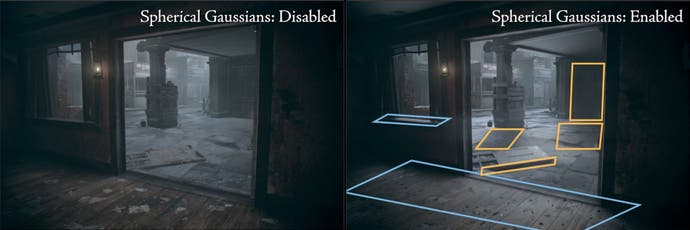
For more reflective surfaces, the game leans heavily on cube maps. At this time, games were starting to use more dynamic solutions such as screen-space reflections, but SSR has plenty of drawbacks. Most notably, when parts of the image are occluded from view, reflections pop in and out of existence. Cube maps are obviously less dynamic and memory-hungry, but Ready at Dawn used a ton of hand-placed, relatively high-res cube maps that do a decent job of capturing the look of the scene across shiny materials.
These techniques combine impressively for the time period, and although the developers would run into issues with a dynamic time of day or swiftly-changing lighting conditions, but it's perfect for the cinematic presentation The Order went for.
Beyond the physically-based rendering and lighting/shadowing techniques, a lot of work was poured into simulating the way a camera lens might view the action, with elements like bokeh depth of field, film grain, bloom, advanced lens flares, tone mapping and per-pixel motion blur. These things are commonplace today, but having a game that closely resembled a shot from a film back in 2015 was incredibly impressive.
Beyond its technical accomplishments, The Order is an impressive artistic creation - from its sublime animation work to the sheer volume of detail poured into every weapon and gadget, a lot of care was poured into every inch of this fantastic game world, replete with airships, werewolves and vampires.
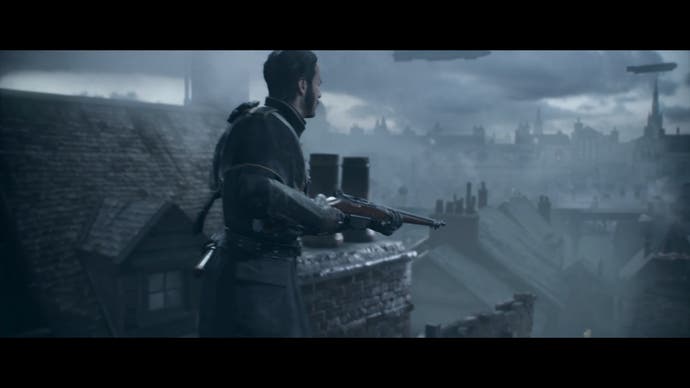
Given the technical limits of its day, it's unsurprising to learn that The Order: 1886 is a 30fps title. Ready at Dawn actually did great work in achieving a locked 30fps through the run of play, but as a 2015 release the game was never updated with higher resolutions or a higher frame-rate for PS4 Pro, let alone PS5 - until now.
Thanks to illusion, the master of unlocking (frame-rates), it's possible to patch the game to remove its 30fps cap - and combined with recent PS5 exploits, run the game in this patched state on Playstation 5 hardware at 60fps. This looks fantastic, with the motion blur shutter speed scaling nicely and game retaining its cinematic look while enjoying a big bump to overall fluidity.
Unfortunately, to access this on your own PS5, you need a 2021-era firmware and you can never connect to the network on this PlayStation again - so no PSN and no multiplayer, you need to be fully offline.
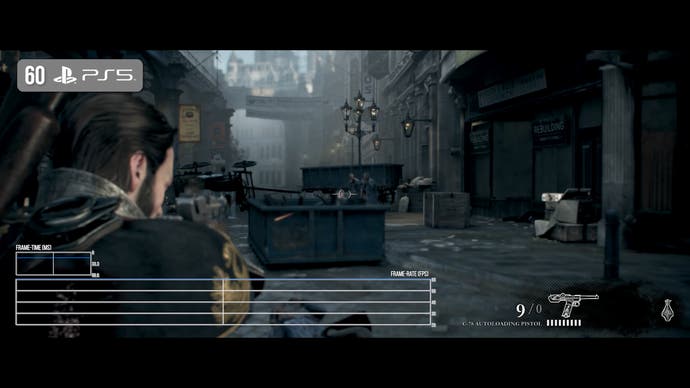
Unfortunately, the older SDK used to create The Order: 1886 doesn't support a 4K output resolution, despite an internal command variable with 4K as a potential option, which was perhaps the remnants of an early PC port. However, with more patching, it's possible to run the game in 16:9 if you're willing to accept a drop to 1600x900 to prevent crashing. This is an interesting option, but it's clear that shots were framed for the ultra-wide presentation and using this option reduces the field of view and messes up cutscene composition.
Of course, while fancy visuals are a huge accomplishment, I must say that revisiting the game was eye opening. I think the core mechanics and concepts driving The Order at genuinely interesting and fun. At the time, open-world games were exploding in popularity, so a game like this with its short run-time and lack of multiplayer rubbed some folks the wrong way. These days, however, you can buy a physical copy for £5/$10, making this a non-issue. What you're left with is a tightly-paced linear action game.
In a way, The Order: 1886 feels like the final form of what those 90s FMV games wanted to achieve. It is, of course, far more interactive, as this is a proper third-person shooter, but the goal is similar - to provide an experience that weaves seamlessly between cinematic sequences and gameplay. No gameplay section runs for too long and what you do is constantly shifting. It's not a game you'll keep returning to necessarily, but what's here is responsive, polished and fun. The movie comparisons also apply to audio, with the game sporting a full 7.1 sound mix with extremely impressive attention to detail.
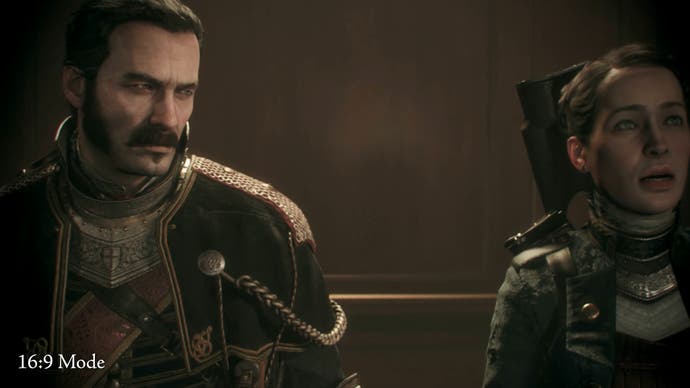
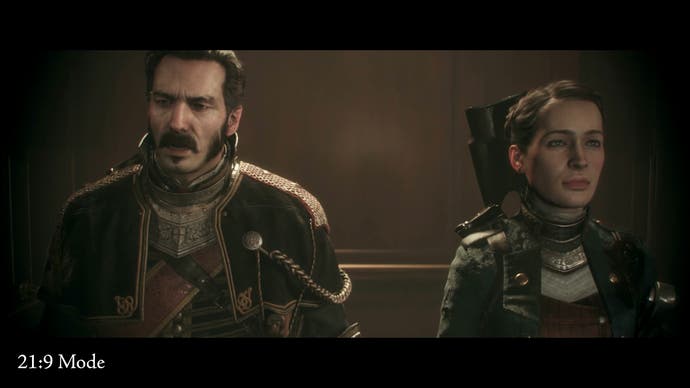
Following its release, Ready at Dawn did continue to support the game with features such as a robust photo mode that even allows you to lock-in your current settings and apply them to the in-game graphics, eg allowing you to disable or dial back the game's film grain - it basically functions as an in-game, simplified Reshade for PS4. You can create some very cool results that push post-processing much further than normal.
Despite enjoying my recent playthough of the game, it does have some fundamental issues. The story ends just as it's starting to ramp up - a real bummer when you know there's no follow-up - and the battles against Lycanthrope enemies are unsatisfyingly basic.
Still, more than eight years after its release, the Order: 1886 remains a forgotten franchise worth checking out, given its low price and stunning visuals. It may not ever see a sequel as Ready at Dawn now produce VR games for Meta, but the developers' contributions to modern game graphics ought to be remembered - and with used prices so low, we reckon it's well worth revisiting.
